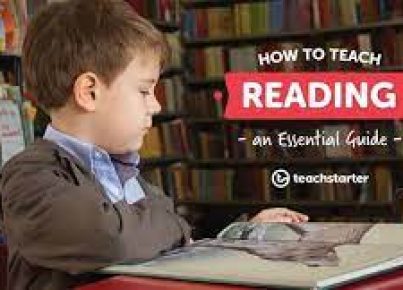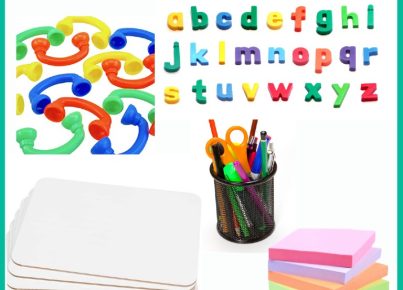In the world of education, anchor charts have become an indispensable tool for teachers to facilitate learning. Specifically, fluency anchor charts can significantly improve students’ reading abilities by focusing on the key aspects of reading fluency. In this article, we will explore 17 fabulous fluency anchor charts that teachers can incorporate as part of their teaching repertoire.
1. The Four Aspects of Fluency
This chart highlights the four components that make up fluency: accuracy, rate, expression, and comprehension. By breaking down fluency into these elements, students will better understand how to improve their overall reading skills.
2. Punctuation Rules
A chart that displays different punctuation marks and their uses helps students pause at appropriate intervals while reading. This improves not only their understanding but also their ability to read aloud with proper expressions.
3. Expression Matters
Giving examples of different tones and emotions, this chart teaches students the importance of reading with expression, allowing them to better engage with the text.
4. Phrased Reading
Dividing sentences into smaller phrases helps students maintain a natural flow while reading aloud. This chart demonstrates how breaking down sentences makes it easier to read smoothly and fluently.
5. Target Reading Rates
Having a list of recommended reading rates for each grade level allows students to set personal goals and track their progress in increasing their reading speed.
6. Prosody Pie
Prosody is related to the expressiveness in one’s tone while reading. This visually appealing pie chart includes essential elements such as pitch, volume, tempo, and phrasing.
7. Finger-Tracking Techniques
This anchor chart showcases different finger-tracking techniques for students who face challenges in following the text line-by-line.
8. Partner Reading Strategies
Encouraging collaboration among students, this chart lists various techniques they can use while practicing paired reading activities.
9. Self-Assessment Rubric
A rubric with criteria for assessing one’s fluency rate, expression, and accuracy supports students in recognizing their strengths and identifying areas for improvement.
10. Common Reading Mistakes
By pointing out the most common reading mistakes, this chart encourages students to learn from their errors and enhance their reading abilities.
11. Fluency Strategies
This instruction-oriented chart outlines specific strategies students can apply to improve their reading fluency, such as rereading sentences and focusing on individual words.
12. Readers’ Theatre Tips
Readers’ theatre is an excellent tool for promoting fluency development. This chart offers practical tips for executing a successful readers’ theatre session within classrooms.
13. Visualization Techniques
Visualization can have a substantial impact on comprehension and fluency. This chart lists various techniques that enable more vivid and thorough understanding of texts.
14. Choral Reading Activities
Choral reading is another effective method for fostering fluency. This anchor chart provides engaging activities that teachers can use to facilitate choral reading within their classrooms.
15. Poetry and Fluency
Poems are inherently versatile resources for teaching fluency. Introducing an anchor chart focuses on the connection between poetry and fluency, offering various poetry-based activities for students to practice.
16. Cross-Curricular Fluency Connections
By showcasing how fluency applies across various subjects, this anchor chart emphasizes the importance of fluency in all aspects of education.
17. Celebrate Progress!
This final anchor chart underpins the significance of acknowledging growth and milestones within each student’s journey towards improved reading proficiency.
In summary, these 17 fabulous fluency anchor charts serve as essential tools to promote comprehensive reading skills in students. By integrating these charts into their classrooms, teachers can provide insightful guidance and effectively address each aspect of reading fluency.




